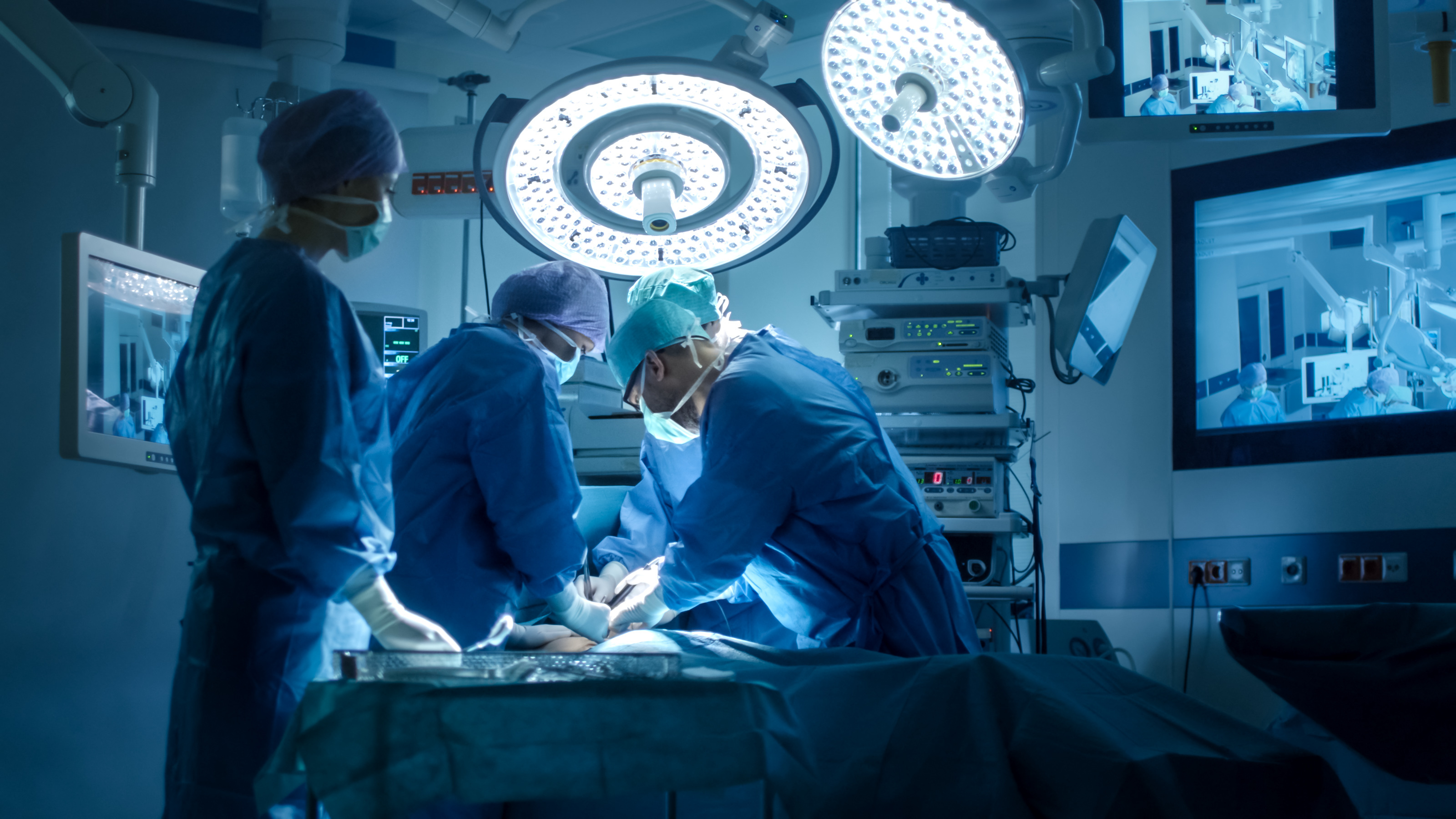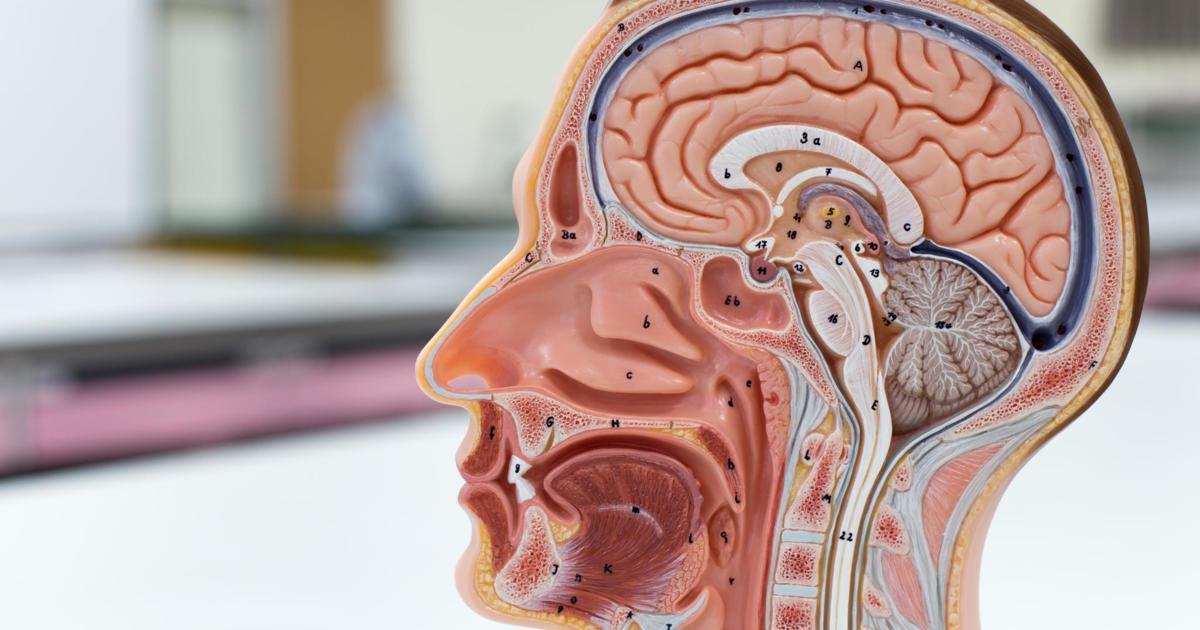

Dr. Dr. Brian T. Andrews, MD
Neurosurgeon
45 Castro St Suite 421 San Francisco CA, 94114About
Dr. Brian T. Andrews, MD, is a highly respected neurosurgeon renowned for his expertise in minimally invasive surgical techniques and his dedication to providing exceptional care to patients in California. As the founder of Pacific Neurosurgery and Chairman of the California Pacific Neuroscience Institute (CPNI) at California Pacific Medical Center (CPMC) in San Francisco, Dr. Andrews has been instrumental in advancing neurosurgical care. With a focus on conditions such as spinal stenosis, disc herniations, and brain tumors, Dr. Andrews employs personalized treatment options tailored to each patient's unique needs. He is committed to addressing complex neurosurgical challenges and ensuring the highest standard of care for his patients. Dr. Andrews is also a prolific author, having penned fiction novels and medical books, including an autobiography dedicated to his mentor, Dr. Charles Wilson.
Dr. Dr. Brian T. Andrews, MD's Videos
Education and Training
University of Southern California BS 1977
Univ Of Ia Coll Of Med- Iowa City Ia 2002
University of California (San Francisco) School of Medicine Program 1981
Board Certification
American Board of Neurological Surgery - Certified in Neurological Surgery
Provider Details

Dr. Dr. Brian T. Andrews, MD's Expert Contributions
What can a neurosurgeon do for sciatica?
This is the most common problem that neurosurgeons face. It is due to irritation and/or compression of a lumbar nerve root. The diagnosis requires a neurosurgical examination combined with an MRI on the lumbar spine. There are multiple treatment options. Usually a small procedure to relieve the nerve compression is successful top resolve or reduce the pain. READ MORE
How long after a stroke should you get physical therapy?
The duration of PT depends upon the severity of the deficits. PT can be needed for months if there is a severe deficit. PT can begin as soon as a few days after stroke onset. Brian Andrews, MD READ MORE
How long do you stay in the hospital after a brain aneurysm?
The answer is dependent upon a number of issues. If this is elective treatment by a neurointerventionalist placing coils through the blood vessels it could be just a few days. If it is an open procedure using a craniotomy by a neurosurgeon it would be 5 or 6 days generally. Brain T. Andrews, MD, FACS, FAANS READ MORE
Areas of expertise and specialization
Faculty Titles & Positions
- Founder Pacific Neurosurgery -
- Chairman of the Department of Neurosciences California Pacific Medical Center (CPMC) -
- Co-Founder California Pacific Neuroscience Institute (CPNI) -
- Neurosurgeon St. Mary’s Medical Center -
- Founder Neuro-Oncology Tumor Board at CPMC -
Awards
- Best Doctors in America 2005
- Castle Connolly’s Top Doctors 2003
- been honored as a leading neurosurgeon by the U.S. News Year
- Talk of the Town Award for Excellence in Customer Satisfaction Year
- “Guide to America’s Best Surgeons” by The Consumer’s Research Council of America Year
Treatments
- Spondylolisthesis
- Neck Pain
- Back Pain
- Scoliosis
- Pinched Nerve
- Herniated Disc
- Spinal Stenosis
- Trigeminal Neuralgia
- Degenerative Disc Disease (ddd)
- Lumecca
Professional Memberships
- Congress of Neurological Surgeons
- American Association of Neurological Surgeons
- American Medical Association
- California Medical Association
- San Francisco Medical Society
- California Association of Neurological Surgeons
Fellowships
- Henry Ford Hospital Neurovascular Surgery
Internships
- University of California (San Francisco) School of Medicine1982Transitional Year
Fellowships
- Henry Ford Hospital0Neurovascular Surgery
Professional Society Memberships
- Congress of Neurological Surgeons, American Association of Neurological Surgeons, American Medical Association, California Medical Association, San Francisco Medical Society, California Association of Neurological Surgeons
Articles and Publications
- Management of complicated head and neck wounds with vacuum-assisted closure system. Andrews, B. T., Smith, R. B., Goldstein, D. P., Funk, G. F.
- Long-term follow-up of fat injection laryngoplasty for unilateral vocal cord paralysis. McCulloch, T. M., Andrews, B. T., Hoffman, H. T., Graham, S. M., Karnell, M. P., Minnick, C.
- The effect of intracerebral hematoma location on the risk of brain-stem compression and on clinical outcome. Andrews, B. T., Chiles, B. W., Olsen, W. L., Pitts, L. H.
- Severity and outcome of intracranial lesions in pedestrians injured by motor vehicles. Ciricillo, S. F., Andrews, B. T., Damron, S. L., Pitts, L. H.
Dr. Dr. Brian T. Andrews, MD's Practice location
Pacific Neurosurgery
45 Castro St Suite 421 -San Francisco, CA 94114Get Direction
Dr. Dr. Brian T. Andrews, MD's reviews
Write ReviewPatient Experience with Dr. Andrews
Media Releases
Get to know Neurosurgeon Dr. Brian T. Andrews, who serves patients in California.
Dr. Andrews is a nationally recognized neurosurgeon, with a strong focus on utilizing minimally invasive surgical techniques. He has a particular passion for addressing conditions such as spinal stenosis, disc herniations, and brain tumors.
His professional roles include serving as the Founder of Pacific Neurosurgery, Chairman of the Department of Neurosciences at California Pacific Medical Center (CPMC) in San Francisco from 2008 to 2022, Co-Founder of the California Pacific Neuroscience Institute (CPNI), attending neurosurgeon at Peninsula Hospital in Burlingame, California and a Founder of the Neuro-Oncology Tumor Board at CPMC.
Drawing upon his extensive experience and expertise, Dr. Andrews offers personalized treatment options tailored to each individual’s unique needs. He is dedicated to addressing some of the most intricate neurosurgical challenges and providing the highest standard of neurosurgical care, ensuring the well-being of his patients. Dr. Andrews performs all of his surgical procedures himself, and personally sees each patient before and after surgery as necessary.
Born in Powell River, British Columbia, Dr. Andrews began playing the accordion in restaurants throughout the Bay Area at age 10. He used the tips he earned to pay for his college education at University of Southern California, where he received a Bachelor of Science Degree in 1977.
Furthering his medical training, he earned his Medical Degree at the UCSF School of Medicine in 1981, where he also completed his internship and neurosurgical residency under famed neurosurgeon and friend, Dr. Charles Wilson.
Board certified in neurological surgery, the doctor is a Diplomate of the American Board of Neurological Surgery (ABNS). The broad aim of the ABNS is to encourage the study, improve the practice and elevate the standards of Pediatric Neurological Surgery, and thereby to advance the cause of public health.
Among his affiliations, Dr. Andrews is a member of the Congress of Neurological Surgeons, the American Association of Neurological Surgeons, the American Medical Association, the California Medical Association, and the San Francisco Neurological Society.
Neurosurgery is the medical specialty concerned with the diagnosis and surgical treatment, of disorders which affect any portion of the nervous system including the brain, spinal cord, peripheral nerves, and cerebrovascular system. Neurosurgeons are doctors who diagnose and treat problems with the nervous system, often by performing surgery on the brain or spine. They treat strokes, tumors, certain types of birth defects, infections, and head or spinal cord injuries.
A prolific author, Dr. Andrews has penned two captivating fiction novels, “Knife Under Fire” and “The California Mille.” His literary contributions extend beyond fiction, encompassing an insightful autobiography titled “Cherokee Neurosurgeon,” dedicated to his mentor, Dr. Charles Wilson. Additionally, he has authored several medical books, including “Intensive Care in Neurosurgery,” “Neurotrauma,” and “Pediatric Neurosurgical Intensive Care.”
Since 2005, Dr. Andrews has consistently earned recognition as one of the Best Doctors in America. His reputation as a top-tier neurosurgeon has been affirmed by his inclusion among Castle Connolly’s Top Doctors since 2003, and he has also been honored as a leading neurosurgeon by the U.S. News.
Recommended Articles
- What is a Transient Ischemic Attack?
Also considered as a mini stroke, a transient ischemic attack (TIA) has symptoms similar to that of a stroke, but lasting only for a short period of time, without causing any permanent damage. TIA is often caused by the interruption of blood flow to the brain by a blood clot. Once the blood flow is...
- Different Types of Physicians Explained
Doctors or physicians are categorized according to different factors including medical specialties and subspecialties. Most doctors specialize in a specific area of medicine. This article provides a summary of the different types of doctors in the medical field. AllergistsAllergists are also...
- Reasons Why You Need a Laminectomy
What is laminectomy?If you have back pain that is severe enough to interfere with your day-to-day activities and other medications fail to work, you might eventually need surgery to get it fixed. Laminectomy is the surgical procedure that will be performed on your back in this case. It involves the...
- What Is a Prefrontal Lobotomy?
Lobotomy is a neurosurgical procedure invented in 1935 by a Portuguese neurologist named Moniz. Moniz won the Nobel Prize in 1949 for his achievement. It was believed that lobotomy was successful in the treatment of various psychological diseases like depression, bipolar disorders, mania,...
- Recovery After a Laminectomy
Laminectomy is a surgical procedure done for the removal of the lamina, bone spurs, and ligaments that may be putting pressure on your spinal nerves and causing lower back pain. The procedure is said to be one of the most commonly performed back surgeries. Below is a detailed information on what...
- What Is a Transorbital Lobotomy?
Transorbital LobotomyTransorbital lobotomy was once considered as a form of neurosurgery that was labeled as "insane". A pioneer in this field was a Portuguese doctor named António Egas Moniz. He introduced frontal lobotomy in 1935 for certain cases of psychosis and won a Nobel Prize because of...
Nearest Hospitals
KAISER FOUNDATION HOSPITAL - SAN FRANCISCOl
2425 GEARY BLVD SAN FRANCISCO CA 94115UCSF MEDICAL CENTERl
505 PARNASSUS AVE, BOX 0296 SAN FRANCISCO CA 94143ST MARY'S MEDICAL CENTERl
450 STANYAN ST SAN FRANCISCO CA 94117







